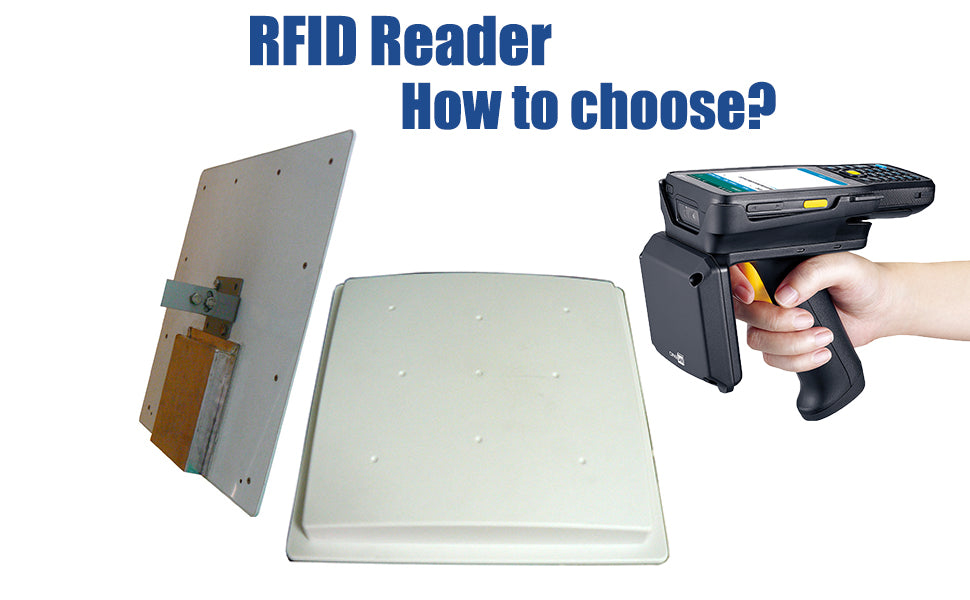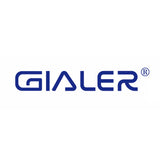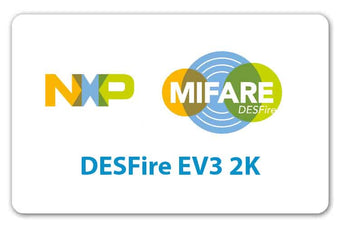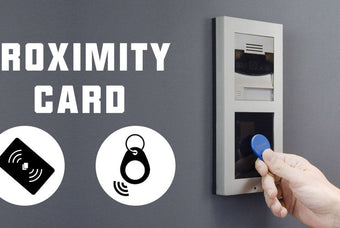RFID reading and writing equipment is usually used to scan and read asset targets equipped with RFID electronic tags. It can realize rapid batch non-contact group reading and is an important part of an intelligent RFID system. RFID read-write equipment usually has two types: fixed read-write equipment and movable read-write equipment.
RFID reader application scenarios
We can see RFID readers in all aspects of life, shopping, production and transportation. Asset management, oil mining, equipment management, logistics and transportation, ETC, warehouse management, production lines, parts management, medical equipment, pallets, sterilization and disinfection processes, and even data centers, electronic products, clothing, and book lending. Intelligence and automation are the development direction of modern society.
In these different application scenarios, using appropriate RFID read-write devices that meet the functional requirements of information management can greatly improve system reading efficiency and reduce costs. The following are several important reference performances for reader selection:
1. Working frequency: The working frequency can be divided into US (American Standard) and EU (British Standard) according to different regional standards. There is also a Global (global) frequency option suitable for wider frequencies. In addition to RFID, many readers will also be compatible with NFC frequencies
2. Reading distance: Select a reader with a suitable reading distance according to the site of use to avoid failure to read, multiple reading, missed reading, and false reading. The reading distance of the RFID reader can reach up to 30 meters, but What may be needed in the application is the short-distance reading function, so it should be selected according to the demand.
3. Reading speed: Generally, the faster the better, the reading speed of the reader may vary in different environments
4. Reading ability: multi-label reading ability at the same time
5. Size and weight: The size and weight of the reader are selected according to the usage scenarios and needs. Generally, the larger the size of the antenna, the stronger the reading ability will be
6. Physical properties: waterproof, anti-vibration, anti-drop, working environment, temperature, humidity and other factors
7. Antenna form: circular polarization (wider reading range), linear polarization (more concentrated, longer reading distance)
8. Transmission method: Bluetooth, 2G/3G/4G/5G/WiFi, etc.
9. System platform support: Android, IOS, Linux, etc.
Fixed RFID Reader:
Fixed RFID readers are widely used in production logistics and supply chain, which can meet the requirements of mass reading and assembly line reading of assets. Fixed readers are installed in fixed positions and generally consist of multiple read-write heads. , powered by the power cord, and real-time docking with the background system, it can quickly complete operations such as reading, writing and identification of assets, inventory in and out of the warehouse, etc.
Important features:
1. Number of interfaces: 4/8/16, select the number of interfaces according to the usage requirements, or use multiple readers in parallel to obtain more read-write ports.
2. System compatibility: RFID reading and writing equipment generally needs to be connected with the background system, and better system compatibility can help make it easier to connect with the enterprise background RFID system.
Handheld RFID reader (RFID handheld):
Handheld readers are capable of more flexible reading operations, such as warehouse inventory, asset search, scanning and reading in complex environments such as construction sites and logistics sites, and retail and other needs that require manual reading. Handheld devices need comprehensive functions, better field adaptability and reading capabilities, and battery life is also an important consideration.
Handset performance:
1. CPU: processor, memory
2. Screen: pixel size, anti-collision and anti-scratch
3. Camera, sensor
4. Battery life
Readers that are more stable and durable, have long battery life around the clock, good compatibility, fast reading and writing speed, and excellent reading ability are more favored by domestic users.
How to choose RFID reading and writing equipment?
03/02/2023









